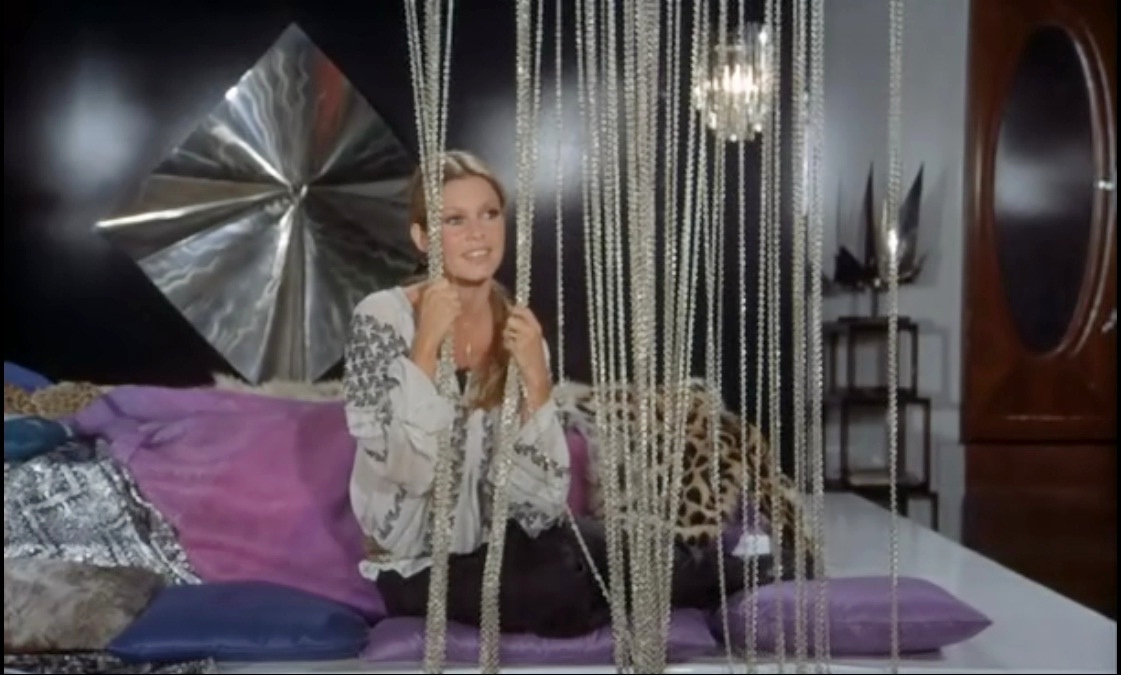I’ve long wanted to write about this film as a very interesting example of symbolism in cinema. And, in the context of the theme of cannibalism, I also want to discuss it as a classic portrayal of a cannibal. But I’d like to also introduce the idea of the significance of one’s self-perception.
There will be a spoiler ahead.
The heroine of the film, Jeanne, has very high Subjective significance, but her Objective significance is no lower—she inherited wealth, and now she has no need to work. To entertain herself, Jeanne devours her admirers. But not just eats them like bread—she also demands that something be spread on top. From each one, she demands something specific. From one, she demands honor; from another, a wife; from a third, she demands their life. The top layer of the sandwich for Jeanne is the price for her body or her company, the right to be with her.
She carefully selects her victim (a man), and with a virtuoso strategic approach, lures him into a trap (seduces him), where she consumes him entirely (absorbs him completely). When there’s nothing left of the victim, she moves on to the next. And so the cycle continues. She feels no emotions toward her food, only the pleasure of cunningly set traps and the moment of triumph. Since she is insatiable, each subsequent layer of the sandwich must be more significant than the previous one.
And then comes a moment when she won’t settle for anything other than the life of the unfortunate one. Without hesitation, she places it on her sandwich and devours it with the same indifference: her latest admirer has committed suicide, as per their agreement, in exchange for the right to be with her. But this time something changes. She shares with her friend (her cousin), a priest, seemingly confessing that she has “killed” a person. She “confesses,” telling the priest about all her cannibalistic exploits.
But why don’t we believe her? She is clearly playing when she “admits” to the priest that she has suddenly begun to feel remorse. And her next move proves that this, too, is part of her game. She seduces the priest.
After some time, one of her former lovers, who lost everything because of her intrigues—his reputation, respect, family, and the love of his daughter—decides to get revenge and lures her to a wasteland in an unfinished building. There, he plans to burn her, but he himself falls into a trap. Fate favors her until the last minute, until she decides to change her credo—and for variety’s sake, but more likely due to an internal transformation, she decides to save the poor man, while she remains in the burning building.
And here, Roger Vadim’s symbolism intensifies—she runs through the burning building, but the question remains: can she not escape on her own, or does she almost consciously stay in the fire, as if beginning to accept her criminal nature and realizing that she deserves punishment? Again, a strong analogy with burning in hell.
Her whole life, she only ate. And here, for the first time, by refusing food, acknowledging that she is a cruel cannibal, she repents—and burns.
Inspired by this.

